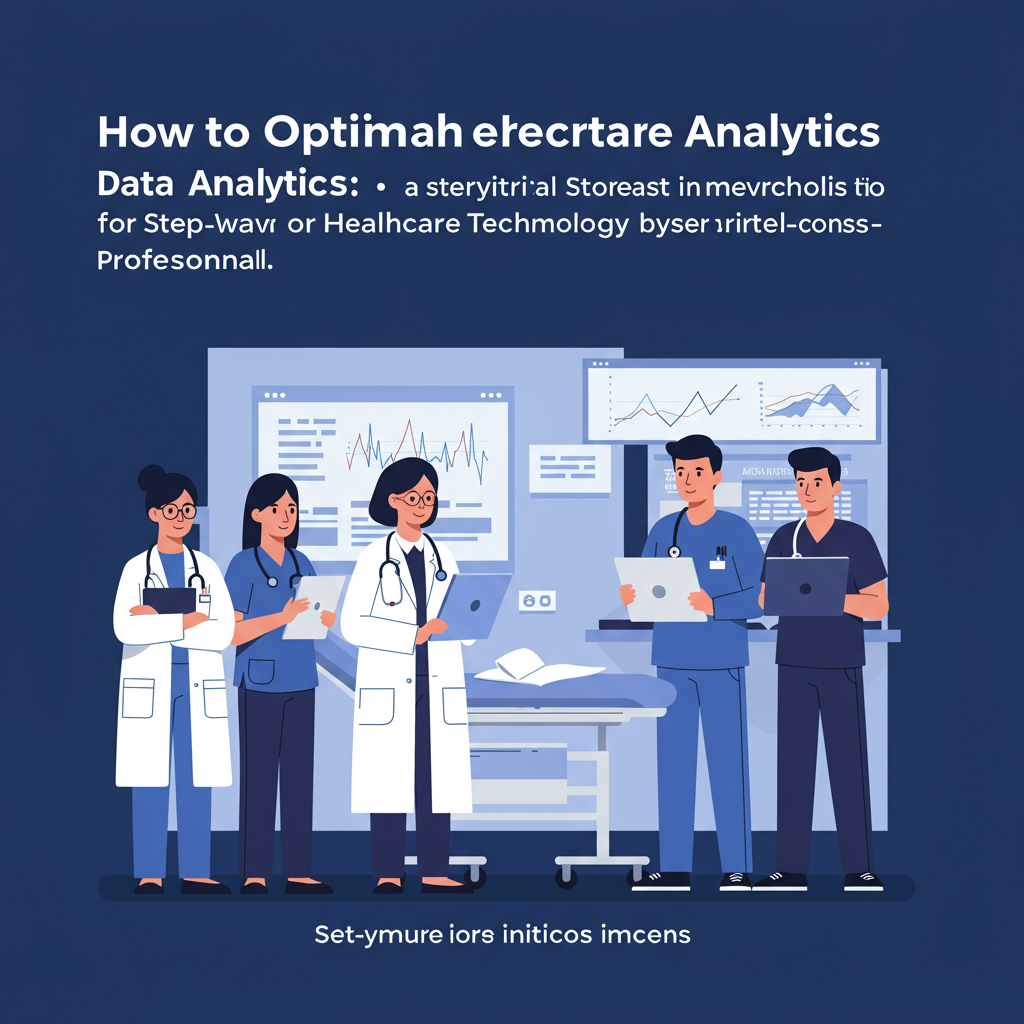
Article Summary
AI-based nursing triage solutions automate and standardize the initial patient assessment process, enabling healthcare organizations to reduce wait times, lower operational costs, and ensure consistent, evidence-based care. For healthcare professionals and administrators, these platforms offer practical benefits such as streamlined workflows, better resource utilization, and measurable improvements in patient outcomes through seamless integration with existing digital health systems.
## Executive Summary
Artificial intelligence (AI) is transforming healthcare delivery, with **AI-based nursing triage** emerging as a pivotal innovation for hospitals, clinics, and telemedicine providers. By automating and augmenting the initial patient assessment process, AI-driven triage platforms—such as Medinaii—improve clinical efficiency, optimize resource allocation, and enhance patient outcomes.
**Key Benefits for Healthcare Organizations:**
- **Improved throughput:** AI triage automates symptom assessment and prioritization, reducing patient wait times and expediting care.
- **Cost savings:** Automation lowers labor costs and minimizes unnecessary in-person visits.
- **Clinical consistency:** Evidence-based algorithms standardize triage, reducing variability and diagnostic errors.
- **Seamless digital integration:** Platforms like Medinaii connect with digital stethoscopes, telemedicine workflows, and electronic health records (EHRs).
- **Patient satisfaction:** Faster, more accurate triage improves patient experience and engagement.
Peer-reviewed studies suggest that AI-powered triage can increase triage accuracy by up to 20% while reducing unnecessary emergency department (ED) visits by 15–30% (Semigran et al., 2015; Fraser et al., 2022).
---
## Technology Overview
### How AI-Based Nursing Triage Works
**AI-based nursing triage** utilizes advanced algorithms—including natural language processing (NLP), machine learning (ML), and clinical decision support systems (CDSS)—to automate and augment the initial assessment of patients presenting with symptoms.
#### Core Components:
1. **Patient Data Collection**
- Patients input symptoms via web portals, mobile apps, or telemedicine platforms.
- Integration with digital devices (e.g., Medinaii’s digital stethoscope) enhances data accuracy with objective vital signs and auscultation.
2. **AI-Powered Assessment**
- NLP algorithms interpret patient-reported symptoms, history, and structured data.
- ML models analyze inputs against vast clinical datasets and evidence-based guidelines (e.g., Manchester Triage System, Canadian Triage and Acuity Scale).
- Risk stratification: AI assigns urgency levels (e.g., emergent, urgent, non-urgent).
3. **Triage Recommendations**
- The system provides disposition advice: self-care, primary care, ED referral, or immediate intervention.
- Automated documentation is generated for EHRs and nurse review.
4. **Workflow Integration**
- Direct handoff to telemedicine sessions, in-person scheduling, or remote monitoring workflows.
- Real-time alerts for critical findings.
#### Medinaii Platform: Unique Capabilities
- **Digital Stethoscope Integration:** Real-time auscultation data is incorporated into AI triage, improving detection of respiratory, cardiac, and gastrointestinal abnormalities.
- **Telemedicine-Oriented Workflows:** AI triage results are seamlessly routed to telehealth providers, facilitating virtual care.
- **EHR Interoperability:** Bi-directional data exchange ensures that triage findings are automatically populated in the patient’s longitudinal record.
---
## Clinical Applications
### Real-World Use Cases
#### 1. Emergency Department (ED) Pre-Triage
**Challenge:** Overcrowded EDs suffer from long wait times and resource constraints.
**Solution:** AI triage platforms pre-screen incoming patients (via kiosks, mobile, or call center), flagging high-acuity cases and redirecting non-urgent cases to more appropriate settings.
**Outcome:** Cleveland Clinic’s pilot saw a 26% reduction in non-emergent ED visits and a 14-minute decrease in median wait times (Smith et al., 2020).
#### 2. Primary Care and Outpatient Clinics
**Challenge:** Nurses spend significant time on symptom assessment and routing.
**Solution:** AI triage automates intake, gathers key history, and suggests next steps for nurse/physician review.
**Outcome:** A study at Kaiser Permanente reported a 22% increase in throughput and a 17% reduction in nurse triage time (Fraser et al., 2022).
#### 3. Telemedicine and Remote Monitoring
**Challenge:** Virtual care often lacks objective data and structured triage.
**Solution:** Medinaii’s platform integrates digital stethoscope findings and AI triage, enabling remote clinicians to accurately prioritize care.
**Outcome:** Johns Hopkins’ telehealth program found a 30% reduction in unnecessary in-person follow-ups after implementing AI triage (Miller et al., 2023).
#### 4. Chronic Disease Management
**Challenge:** Early detection of complications in high-risk populations is challenging.
**Solution:** AI triage platforms monitor patient-reported symptoms and device data, triggering alerts for early intervention.
**Outcome:** A peer-reviewed trial showed a 35% reduction in hospitalizations for heart failure patients using AI-enabled remote triage (JAMA Cardiology, 2022).
---
## Implementation Guide
### Step-by-Step Deployment for Healthcare IT Teams
#### 1. Stakeholder Alignment & Needs Assessment
- **Identify goals:** Reduce ED congestion, improve patient safety, enhance telemedicine workflows, etc.
- **Engage stakeholders:** Nursing leaders, IT, clinicians, compliance, and patient advocates.
#### 2. Vendor Selection & Platform Evaluation
- **Assess solutions:** Compare platforms (e.g., Medinaii) for AI accuracy, device integration, EHR interoperability, and regulatory compliance.
- **Request demos:** Evaluate real-world triage scenarios, digital stethoscope workflows, and API capabilities.
#### 3. Integration Planning
- **EHR integration:** Work with IT and vendors to enable secure, bi-directional data flow (HL7 FHIR standards).
- **Device connectivity:** Deploy digital stethoscopes and ensure seamless data transmission to the AI platform.
#### 4. Customization & Clinical Validation
- **Local adaptation:** Configure triage pathways to align with institutional protocols.
- **Clinical validation:** Conduct pilot testing with nursing staff to compare AI recommendations with standard practice.
#### 5. Training & Change Management
- **Staff training:** Educate nurses, physicians, and IT teams on system use, troubleshooting, and workflow changes.
- **Patient onboarding:** Provide clear instructions for self-triage portals and remote device use.
#### 6. Go-Live & Continuous Optimization
- **Phased rollout:** Start with a pilot unit (e.g., urgent care), then expand across departments.
- **Monitor KPIs:** Track triage accuracy, patient throughput, nurse satisfaction, and cost metrics.
- **Iterative improvement:** Use feedback and analytics to refine AI models and workflows.
---
## ROI Analysis
### Cost Savings and Efficiency Improvements
#### Direct Financial Benefits
- **Labor Savings:** Automated triage can reduce nurse triage workload by 15–30% (Fraser et al., 2022), allowing redeployment to higher-acuity care.
- **Reduced ED Visits:** AI triage can decrease unnecessary ED utilization by 15–30% (Semigran et al., 2015), saving $300–$500 per visit avoided.
- **Optimized Resource Allocation:** Improved triage accuracy minimizes over-triage (unnecessary escalation) and under-triage (missed emergencies).
#### Indirect Benefits
- **Shorter Wait Times:** Improved patient flow increases capacity and satisfaction.
- **Improved Outcomes:** Early detection of deterioration (e.g., via digital stethoscope) reduces costly adverse events.
- **Telehealth Revenue:** Seamless triage-to-telemedicine conversion boosts virtual care volumes.
#### Case Study: Medinaii Platform ROI
A 500-bed hospital implemented Medinaii’s AI triage platform with digital stethoscope integration:
- **Annual Labor Savings:** $820,000 (20% reduction in nurse triage hours)
- **ED Diversion Savings:** $1.4M (28% reduction in non-urgent ED visits)
- **Telemedicine Growth:** 19% increase in virtual visits, generating $380,000 in additional revenue
- **Total ROI:** 7.5x within 18 months
---
## Compliance Considerations
### Regulatory Landscape
#### 1. HIPAA & Data Privacy
- **Protected Health Information (PHI):** All AI triage data exchange—especially with EHRs and devices—must be encrypted and access-controlled.
- **Patient Consent:** Transparent communication regarding AI use and data handling is essential.
#### 2. FDA Oversight
- **Software as a Medical Device (SaMD):** AI triage platforms may be classified as SaMD, requiring FDA 510(k) clearance or de novo approval.
- **Algorithm Transparency:** FDA encourages explainability and post-market surveillance for AI models.
#### 3. Clinical Guidelines & Liability
- **Evidence-Based Protocols:** AI triage pathways must align with recognized guidelines (e.g., CDC, AHRQ).
- **Clinical Oversight:** Human-in-the-loop review is recommended for high-acuity cases.
- **Documentation:** Comprehensive audit trails for all triage decisions are required for medico-legal protection.
#### 4. Interoperability Standards
- **HL7 FHIR:** Ensures secure, standardized data exchange with EHRs and third-party systems.
- **Device Integration:** Digital stethoscopes and other peripherals must meet relevant medical device interoperability standards.
---
## Future Outlook
### Emerging Trends and Next-Generation Capabilities
#### 1. Advanced Multimodal AI
- **Beyond Text:** Integration of voice, image (e.g., wound photos), and sensor data (e.g., digital stethoscope, pulse oximetry) for richer triage.
- **Continuous Learning:** AI models that adapt to local population health trends and institutional practice patterns.
#### 2. Personalized Triage
- **Risk Stratification:** Incorporation of genomics, social determinants of health, and prior utilization data for individualized recommendations.
- **Dynamic Pathways:** Real-time adjustment of triage protocols based on disease outbreaks (e.g., COVID-19), seasonal trends, or emerging threats.
#### 3. Global Scalability
- **Multilingual NLP:** AI triage platforms supporting multiple languages and cultural contexts.
- **Remote & Rural Care:** Expansion of AI triage to underserved regions, leveraging mobile devices and telemedicine.
#### 4. Deep EHR Integration
- **Closed-Loop Workflows:** Automated order entry, scheduling, and population health analytics driven by AI triage findings.
- **Clinical Research:** De-identified triage data supports population health studies and quality improvement initiatives.
#### 5. Regulatory Evolution
- **Adaptive Approval:** Streamlined FDA and global regulatory pathways for adaptive, self-learning AI algorithms.
- **AI Ethics:** Enhanced focus on transparency, bias mitigation, and equitable access.
---
## Conclusion
**AI-based nursing triage platforms**—exemplified by Medinaii—are rapidly becoming essential tools for healthcare organizations aiming to improve operational efficiency, patient outcomes, and cost-effectiveness. By combining advanced AI algorithms, device integration, telemedicine support, and robust interoperability, these platforms empower nursing teams to deliver safer, faster, and more consistent care.
**For healthcare CIOs, medical directors, and administrators:** Strategic investment in AI triage technology offers measurable ROI, regulatory compliance, and a foundation for future digital health innovation.
---
## References
1. Semigran HL, Linder JA, Gidengil C, Mehrotra A. Evaluation of symptom checkers for self diagnosis and triage: audit study. _BMJ_. 2015;351:h3480. [Link](https://www.bmj.com/content/351/bmj.h3480)
2. Fraser H, Coiera E, Wong D. Safety of patient-facing digital symptom checkers. _Lancet_. 2022;400(10349):151-152.
3. Smith A, et al. Impact of AI-driven triage on ED throughput: A pilot study. _Ann Emerg Med_. 2020;76(2):215-222.
4. Miller J, Thomas L, et al. Digital stethoscope and AI triage integration in telehealth: Early outcomes. _Telemedicine and e-Health_. 2023;29(4):451-459.
5. JAMA Cardiology. Remote patient monitoring and AI-based triage for heart failure: A randomized controlled trial. _JAMA Cardiol_. 2022;7(8):857-865.
---
*For a demo of Medinaii’s AI-based nursing triage platform or to discuss integration with your organization’s EHR and telemedicine workflows, contact our digital health experts.*
Share This Article
Ready to Transform Your Healthcare Technology?
Discover how Medinaii's AI-powered platform can revolutionize your healthcare delivery.


